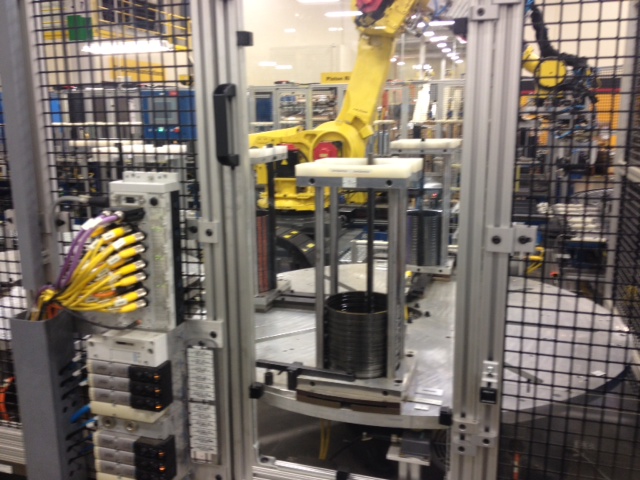
Top Ten Attributes of a Good Plan for Successful Deployment/Implementation of an Automation Project
“A goal without a plan is just a wish,” Patti Engineering VP of Operations Ken Kutchek reverberates, from French writer and poet Antoine de Saint Exupéry, to his audience at various industry conferences. The starting point for any end user expecting to successfully deploy an automation project, is to collaborate with its integration partner on a project management plan and choose all team members based on experience, availability and skillset.
As an end user, it’s not always clear what pieces are going to fit together to make the perfect puzzle complete for a successful automation project. To make it a bit easier for those folks, we’d like to share our perspective of the top ten attributes of a “good” plan:
- Clear Scope of Work / Requirements
- Select Hardware / Software Technologies
- Select the Right Team
- Plan for Training
- Determine Budget Required
- Schedule Resources/Establish Time Line
- Evaluate Risks (technology, staffing, schedule, requirements, startup issues, etc.)
- Make Communications a Priority (for all involve parties)
- Test for Quality
- Close and Evaluate Performance/Execution
In addition to these facets of a plan, Kutchek advises a little pessimism goes a long way. That’s not to say you shouldn’t expect the best from your project; rather, the intended lesson here is to anticipate the issues, questions and drawbacks you may experience throughout a project. Once you do that and address the issues, you’ll only have a stronger plan.
And because the bottom line for most projects is budget, it’s important to keep “Scope Creep” top of mind throughout the planning, execution and conclusion of any project. Scope Creep accumulates slowly, subtly, and you often don’t realize it’s happening until it’s too late and you’re way too far over budget to repair the damages.
Lastly, before you approve that an installation has been completed, make sure the integrator partner thoroughly tests the system. “It may sound obvious,” explained Kutchek. “But it’s something that happens all too often with automation projects. While we want you to trust our team of expert integrators and engineers, we also want you to know that you can question us. We’re exhaustive in our work, and will always perform the necessary tests after completing an installation, but we do like to take note of when the customer asks and doesn’t ask for it. It’s omitted from their questions all too often.”
We polled a group of Patti Engineering engineers on what they would advise to be the most important factors in terms of minimizing downtime and completing deployment/implementation for an automation project. To read the 15 critical factors our engineers gave us straight from the trenches, we invite you to view the next blog post.
Related categories: Blog Company

